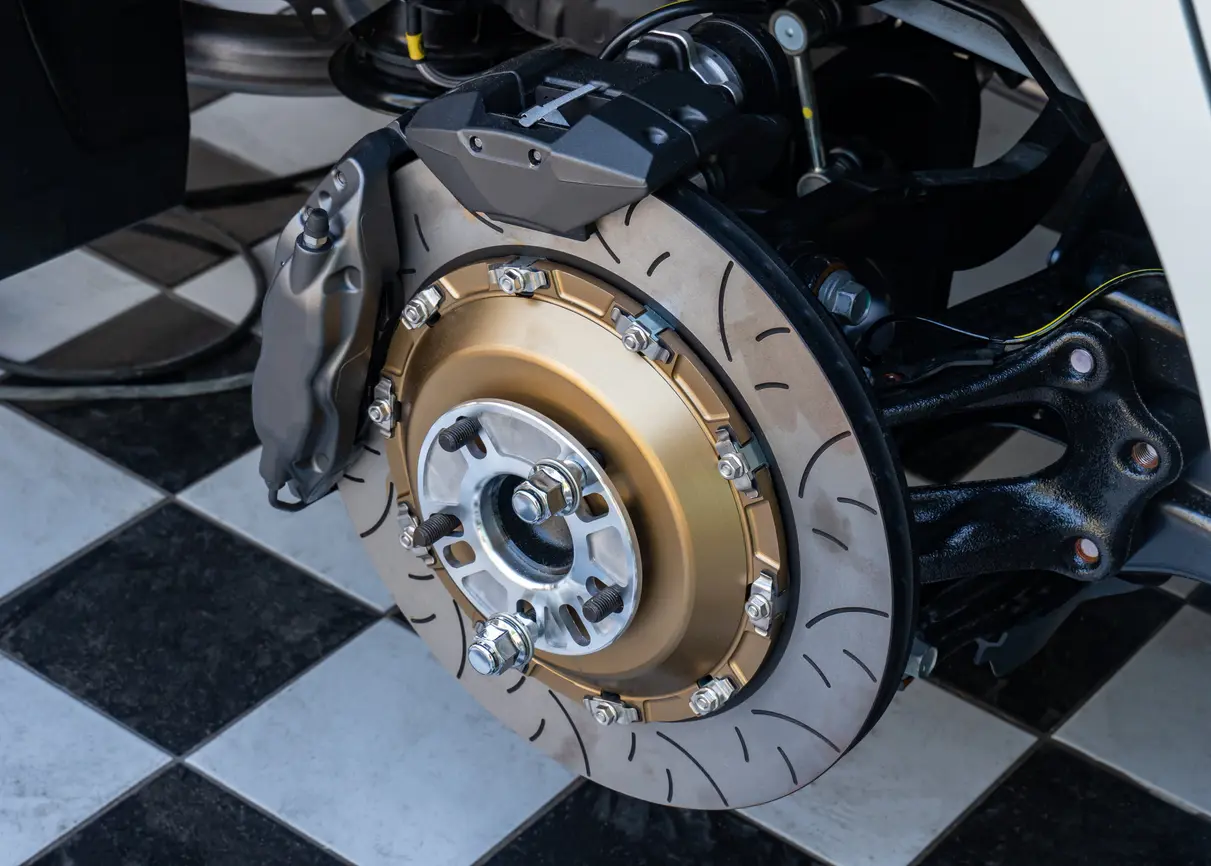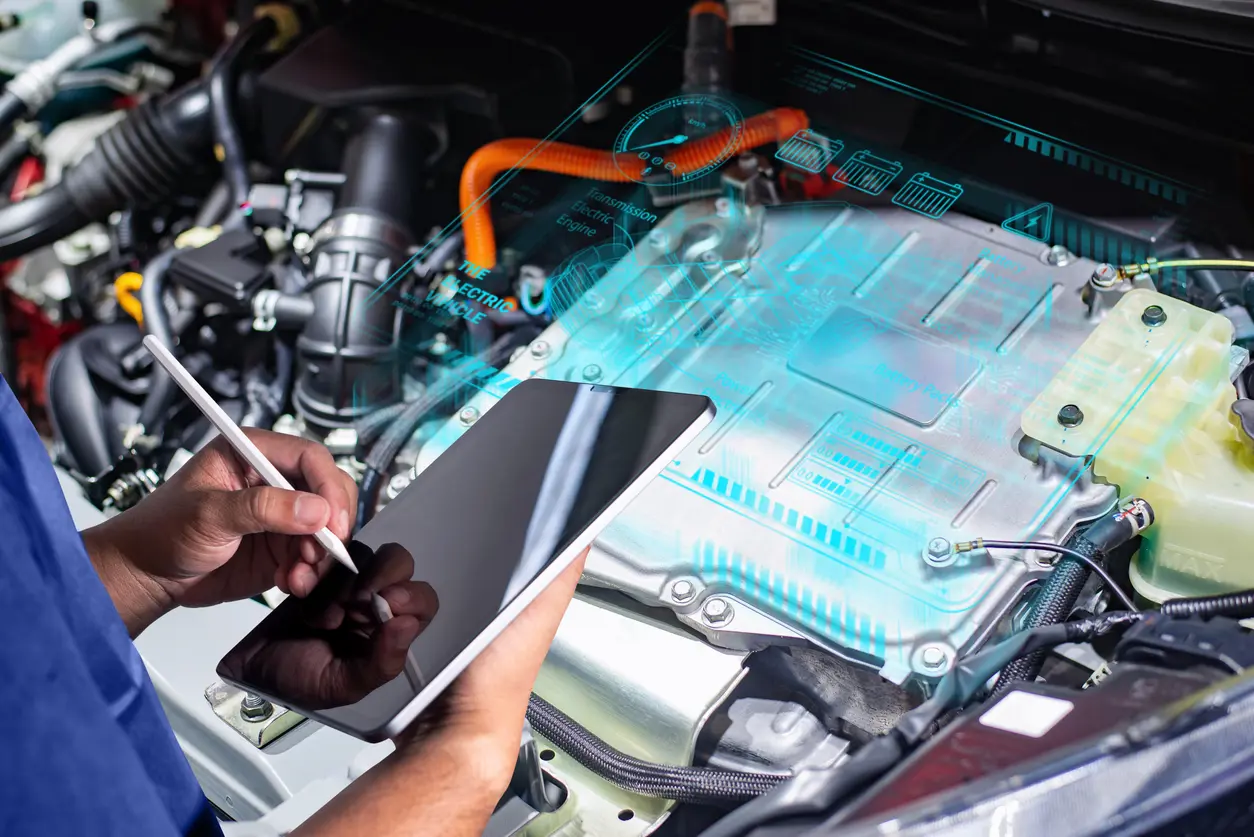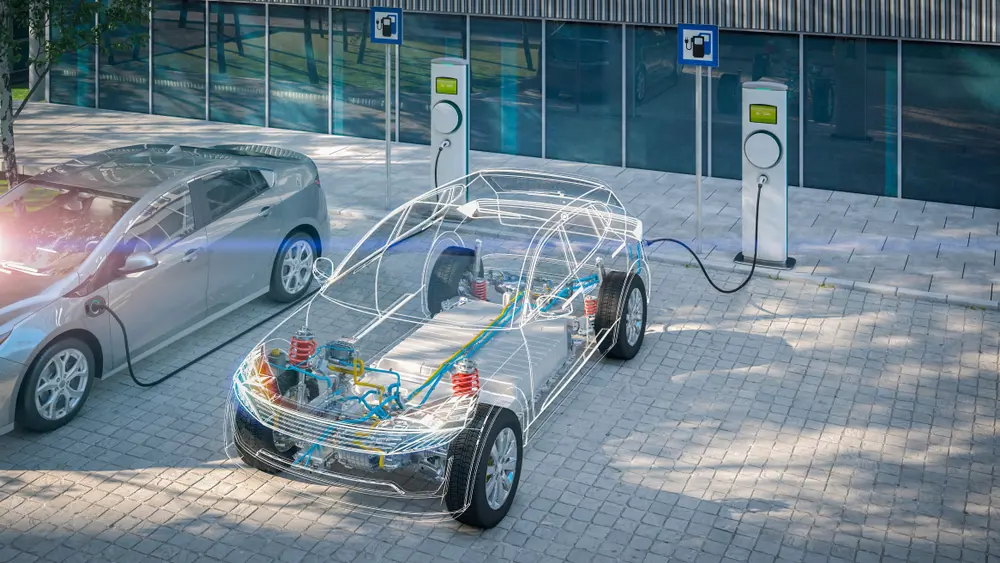Unraveling What's Inside an Electric Vehicle: Key Components
With their environmental and cost-saving benefits, EVs are shaping the future of transportation. So, understanding what's inside an EV has never been more crucial. Let's dissect the key components of an electric vehicle:
1. High Voltage Battery:
The battery for an electric car – or the EV's lifeblood – is a modern power storage solution that holds the electricity necessary for the vehicle's operation. Unlike conventional cars, the battery for an electric car is rechargeable, paving the way for a sustainable driving experience.
2. Electric Motor:
The electric motor converts the stored electrical energy from the battery into mechanical energy for vehicle propulsion. This results in a silent, smooth ride, and instant torque for rapid acceleration: key differences in an EV compared to traditional cars.
3. Gearbox and Differential:
These components work together to transfer the power generated by the electric motor to the wheels. The gearbox ensures optimal motor speed, while the differential allows varied wheel speeds during cornering.
How Does an EV Work? A Broad Overview of an Electric Vehicle

Electric vehicles are a more sustainable transportation solution. Understanding how an EV works can help you make an informed decision on whether they are a worthwhile investment.
The electric drive system, consisting of the electric motor, power electronics, and the battery pack, is the EV's core. The electric motor converts electrical energy from the battery into mechanical energy, powering the vehicle's wheels. The junction box manages the flow of electricity between the battery and the motor, for efficient performance. The battery pack, typically made up of lithium-ion cells, stores the electrical energy needed to power the vehicle.
Another unique feature inside an electric vehicle is regenerative braking. During deceleration or braking, the electric motor acts as a generator, converting the vehicle's kinetic energy into electrical energy, which is then stored in the battery. This not only extends the vehicle's range but also reduces wear on the traditional braking system.
By learning about the electric drive system, charging and battery management, and regenerative braking, you'll gain a comprehensive understanding of how electric vehicles work. Whether you're considering buying an EV or you’re just interested in the technology, this knowledge can help you make informed decisions and contribute to a more eco-friendly future.
The Advantages of Electric Vehicles
Electric vehicles offer several advantages over traditional gasoline-powered cars. They're environmentally friendly and cost-effective and they provide a quiet, smooth ride.
One of the primary benefits of EVs is their minimal environmental impact. Unlike gas-powered cars that emit harmful greenhouse gases, EVs produce zero tailpipe emissions, significantly reducing your carbon footprint.
Besides their environmental advantages, EVs are also cost-effective. Electricity is generally cheaper than gasoline, allowing EV owners to save on fuel costs. Plus, EVs have fewer moving parts and don't require oil changes, resulting in significant maintenance savings over time.
Lastly, EVs offer a quiet, smooth driving experience. Electric motors are much quieter than combustion engines, ensuring a peaceful ride. Moreover, EVs provide instant torque for smooth acceleration and a responsive driving performance.
At NexDrive, we're dedicated to promoting eco-friendly transportation. That's why our service centres are ready with their EV knowledge and expertise, so that you can always feel your EV is in good hands. We're committed to providing top-notch services that meet your needs and pave the way for a greener future. See our list of NexDrive Service Centres to find one near you.
Find a NexDrive FacilityOther Resources

Why do electric car tires wear out so fast?
EV tires experience increased tread wear because of instant torque and unsprung weight. Learn why electric vehicles lead to worn-out tires and how to extend the lifespan of EV tires with proper maintenance.

Why regenerative braking is bad for your brake pads
Regenerative braking improves energy efficiency, but can cause brake pad issues because of reduced mechanical brake use. Learn how to maintain your brake system and prevent costly repairs in this article.

Does an EV need regular general maintenance?
Although EVs require less maintenance than gas-powered vehicles, they still need regular care. Learn about battery health, brake maintenance, and more here.
